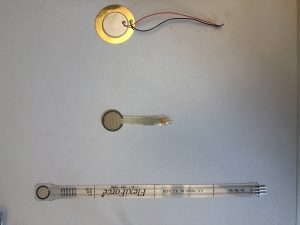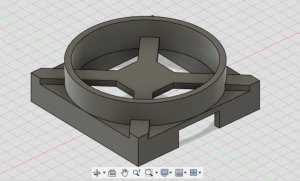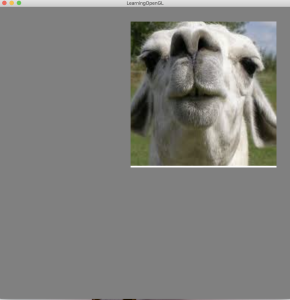Last weekend, all three of our members were working on the finishing touches for our design presentation, which we presented this week. Following that, each of us picked back up the individual tasks we had been working on the week prior.
The details of our individual progress can be found in our individual reports, however we did have some brief meetings over the week to discuss concerns that would effect the group as a whole.
One of these concerns is the impact of Spring Break on our timeline. Although we accounted for the loss of time Spring Break would inevitably have, we didn’t fully account for non-time related factors such as location. For example, Stephen’s work is physically based, and as such certain tools such as a 3D printer won’t be available to him over the break period. The other major location concern we had was that we wouldn’t be able to meet in person during this break period (as we won’t be on campus). Although this wouldn’t effect our ability to share code segments, this would effect tasks like plugging Stephen’s Drum module into George’s computer for testing the communication between the two.
Luckily, our planned MVP date is approximately a week after spring break, so we can perform our integration during that period. However we needed to plan around the other issues. As such, our current plan is that Stephen should print at least one drum module prior to the break so he can have it for testing over the break and that George will help Stephen install the software needed to run George’s code so that the code can be sent wirelessly during the break if needed.
Other than those concerns and plans, everything is proceeding as planned as each group member is beginning to form the basic framework of their project portion. In Shreya’s case, she has almost completed the instrumental portion of her code, in George’s case, he has developed a basic game GUI and has basic sound functionality, and in Stephen’s case, he almost has his information pipeline from the hardware to software fully functional. As long as we keep on pace and these basic frameworks are completed in the following weeks, we should be able to make our MVP by 3/20.







